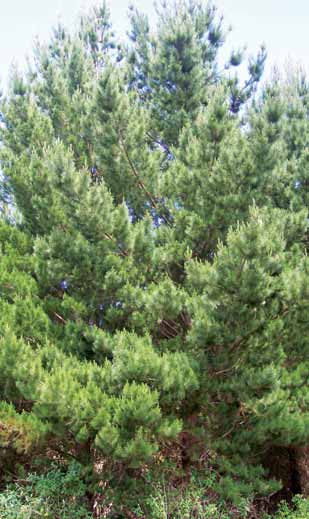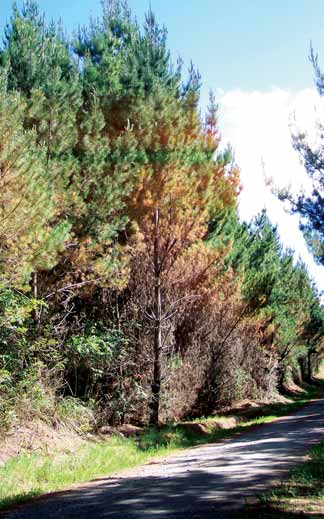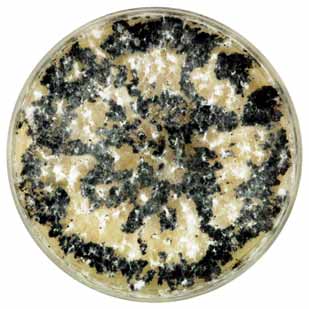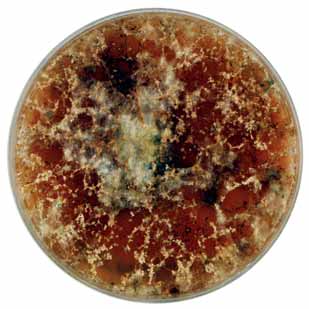PESTS AND DISEASES OF FORESTRY IN NEW ZEALAND
Controlling plant disease without pesticides
From Biosecurity 99, August 2010.
Researchers are investigating a new way of helping to manage foliar diseases that threaten New Zealand Pinus radiata plantations. “Fungal endophyte-mediated resistance” is a sustainable mechanism for increasing resistance in forest systems that can be used as an alternative to fungicide sprays.
Fungal endophytes are fungi that live within their host without causing any disease symptoms, and are present throughout the host from the roots through to seed. Unlike the well-understood grass system, where the host is usually dominated by one endophyte that grows throughout the plant, in trees there are thousands of combinations of fungal endophytes that occupy small, discrete areas within the host.
So far, more than 65 species of fungal endophytes have been isolated from P. radiata needle tissue. The function of these endophytes is not well known.


However, previous work has shown that fungal endophytes are able to increase resistance in P. monticola (western white pine) against the pathogen Cronartium ribicola (white pine blister rust). In some cases, the level of resistance was equivalent to that seen in traditional breeding programmes.
It is hypothesised that fungal endophytes in New Zealand’s forests could function in a similar fashion. So, induced resistance from endophytes may form an important component of an integrated pest management strategy. This could lead to significant financial advantages for the forest industry through reduction in costs of pesticides, increased tree growth and maintenance of market access.
Several research projects have been undertaken to explore whether fungal endophytes present in P. radiata could mediate resistance against a number of its serious needle diseases.
First, fungal endophytes were isolated and identified from diseased foliage of P. radiata trees and compared with those present in healthy trees in the same stands. The aim was to find endophytes in the healthy trees with potential to increase resistance of diseased trees.
A selection of these fungal endophytes is currently being screened and tested for their ability to increase resistance in P. radiata. Some of the screening is being done in collaboration with Plant and Food Research’s Dr Tony Reglinski. Once the screening trials have been completed, fungal endophytes with potential will be trialled in the field.


Scion researchers are working with Dr Rosie Bradshaw’s group at Massey University investigating the effect of fungal biological control agents against the foliar disease Dothistroma needle blight. The loss caused to the New Zealand forest industry by Dothistroma needle blight is estimated to be around $23 million a year, with the cost of control about $2 million and the remainder a result of reduced tree growth.
Scion and Landcare Research researchers are also looking at the impacts of fungal endophytes on the efficacy and effectiveness of mycoherbicides for controlling Cirsium arvense (California thistle).
The long-term goal of these projects is to find fungal endophytes that could provide effective resistance in commercial forests. International collaborative links between Scion, several researchers from the Australian Commonwealth Scientific and Research Organisation (CSIRO) and University of Tasmania, and Dr Enrico Bonello from Ohio State University, resulted in the publication in New Phytologist of a review article focused on induced resistance mechanisms in forest trees. This collaboration was established as part of Scion’s endophyte research programme.
Dr Rebecca Ganley, Plant Pathologist, Scion, rebecca.ganley@scionresearch.com



